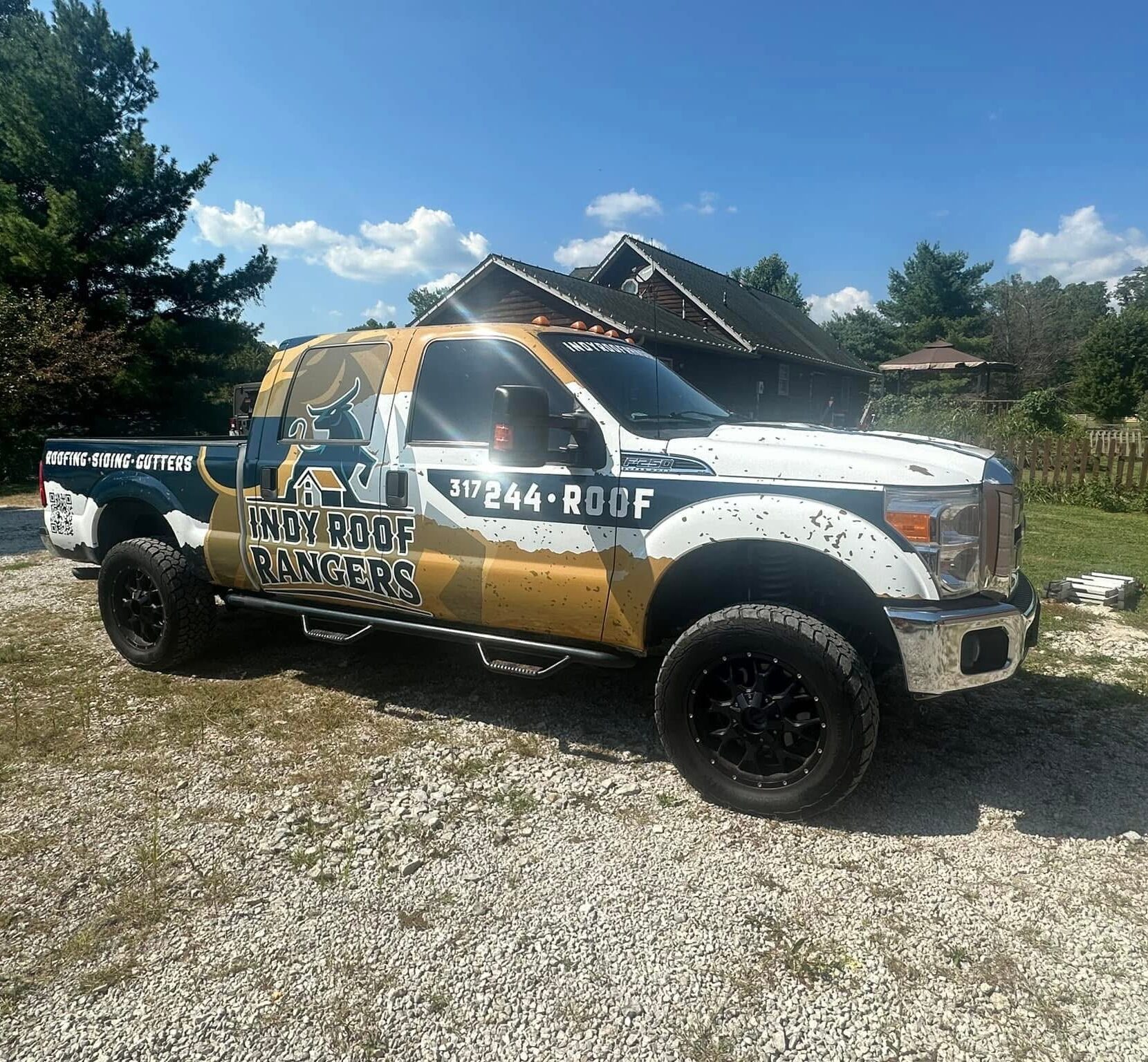Your roof is one of the most important components of your home. It protects you and your family from harsh weather conditions. It is a great idea to get a regular roof inspection. A professional inspector will take a close look at your roof and write up a detailed report. See more.
Visual Inspection
Visual inspection is a simple, basic, and powerful method of asset maintenance that relies on the naked eye and non-specialized equipment. However, the effectiveness of this technique depends largely on an inspector’s experience.
A good visual inspection tool can help an inspector determine whether the roof is damaged by leaks, corrosion, or other issues. It’s an effective way to prevent costly downtime and minimize product loss.
The accuracy of a visual inspection process can be improved with standardized defect criteria. This standardization helps inspectors make pass/fail decisions consistently based on the criteria.
Using mobile-ready visual inspection checklists allows inspectors to access defect criteria anytime, anywhere. This increases their overall throughput by more than 200%, which improves the accuracy of pass/fail decisions.
Thermal Imaging
Using thermal imaging of roofs helps find moisture problems that might otherwise go unnoticed for years. It also identifies areas that need maintenance and repairs.
Thermal cameras capture the infrared light that heat gives off. They then take pictures of the image, just like your smart phone does.
These cameras are great for detecting moisture and identifying leaks in roofs, since they can display apparent temperature differences as gradient colors. Wet insulation absorbs and releases heat faster than dry insulation.
This makes it easy to identify problem spots on a roof when done during the day, when they can be seen by the solar heat from the sun. However, the best time to do a thermal inspection is after sunset when roofs cool off enough for wet areas to be distinct.
For larger industrial buildings or those that are difficult to access, aerial thermographic surveys may be the only way to get a full map of the roof without a ladder or other unsafe climbing equipment. These scans can save a lot of time and money, and make the inspection safer.
Structural Inspection
Roofs support your home’s structure and are often the first line of defense against damage from the weather. Structural issues can lead to shifting walls, holes that animals crawl through, and even collapse of your roof if they’re not addressed immediately.
During a structural inspection, the inspector will examine your shingles for curled or cracked pieces, signs of rot and deterioration, and missing fasteners. He or she may also examine rubber boots and seals around vent pipes to look for gaps or deterioration.
In addition, the inspector will look at your fascia and soffit materials to make sure they’re firmly attached. He or she will also check your gutters for leaks, clogged drains, and broken downspouts.
Finally, he or she will inspect exterior structural elements such as roof vents, pipes and equipment to check them for signs of rust, peeling paint, sagging, bent components and other problems. They will also look at penetration seals such as boots, flashing and sealing strips to make sure they’re in good condition.
Leak Detection
During a roof inspection, leak detection is a very important part of the process. The sooner you identify a leak, the faster you can repair it.
Water stains on the ceiling and walls are the most obvious sign of a leak. These stains can be spotted anywhere on the roof, and they are particularly easy to spot during a rainy day.
Mold is another indicator of a leak that should be addressed immediately. It is a dangerous hazard to health because it irritates eyes, noses and throats, exacerbates skin rashes, and can even cause asthma attacks in those with respiratory ailments.
To test for leaks, you can use a garden hose and run it over the area you suspect is the source of the problem. Start at the bottom of the area and spray it slowly, one section at a time. Check this important info.

